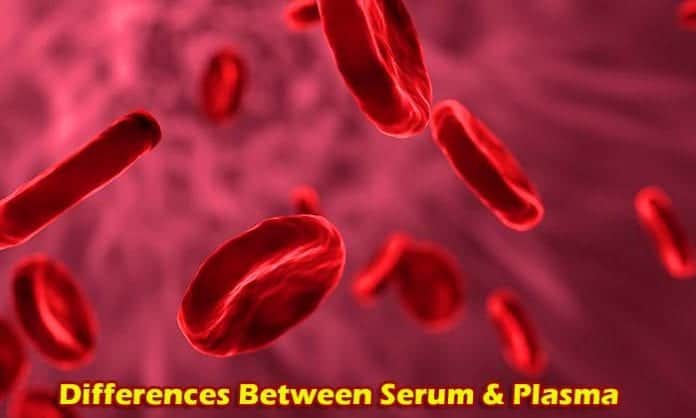
Blood is a bodily fluid that is vital for the transportation of nutrients and oxygen to every cell and tissue in the body, and for the elimination of metabolic waste products from the tissues.
The constituents of blood include blood cells, coagulation factors, and immune products, dispersed in water. Blood consists of different kinds of cells such as Red blood cells (RBCs), White blood cells (WBCs), and Platelets.
Red blood cells contain hemoglobin that is the prime oxygen transporter. White blood cells are immune cells and help defend the body from pathogenic attack, and fight against one in the event of one. Platelets aid in the process of coagulation when an injury occurs.
Blood contains two other parts – plasma and serum. It is quite common to come across these two terms frequently and be confused by the two. However, both are vital components of the blood.
Plasma and serum are two different components of blood, that can easily be confused with one another. Let’s explore key differences between serum and plasma below.
Table of Contents
What is Plasma?
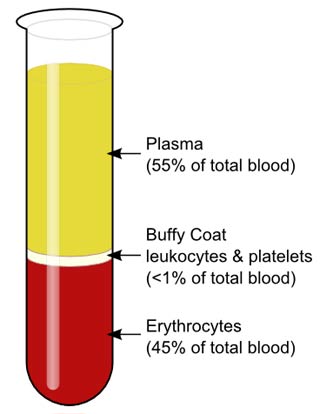
In the year 1918, Gordon R. Ward discovered that the use of blood plasma for transfusions instead of whole blood.
- Blood plasma is a yellowish colored that contains suspended blood cells, proteins, and clotting factors. It constitutes 55% of the body’s fluid volume and is the intravascular fluid component in blood.
- It is essential to maintain the electrolyte balance of the blood and protects the body from infection. This straw colored liquid is used in patients who suffer from deficiencies in clotting factors in the blood, or from burns or hemophilia.
- Plasma contains 90% water, and the rest is made up of proteins, antibodies, electrolytes and clotting factors.
- Plasmapheresis refers the process of isolation of plasma from the blood using centrifugation.
![]()
What is Serum?
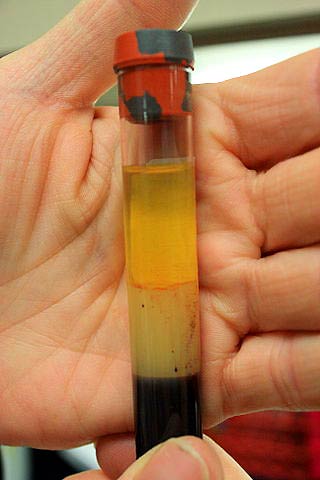
Blood serum was discovered by Karl Landsteiner through his studies on the different blood types. He observed the agglutination effect when the blood of two different types was mixed.
- His observations led him to the conclusion that a certain substance must be responsible for causing this effect, thereby discovering antigens found in blood serum.
- He went on to label the different blood groups as we are known them today. Blood serum refers to the fluid component of blood that is devoid of any blood cells or clotting factors.
- The serum does not contain fibrinogens and coagulation proteins that are involved in the coagulation pathway but retains electrolytes, immune products like antibodies and all other proteins.
- It naturally occurs after clotting takes place by separating from the red blood cells, white blood cells, and clotting factors. It is used in diagnostics to detect a particular condition, like diabetes, due to the presence of electrolytes.
- The branch of study that deals with studying serum and analyzing it for diagnostic purposes are called serology.
![]()
Key Differences Between Serum and Plasma
Both plasma and serum are important constituents of blood with their own set of functions. Although they are frequently used interchangeably, it is incorrect to do so.
| Aspect | Serum | Plasma |
|---|---|---|
| Definition | The serum is the extracellular fluid component of blood that is present after the coagulation process is complete. | Plasma is the yellowish or straw colored watery intravascular fluid component of the blood in which all the cells of the blood are suspended. |
| History | Karl Landsteiner, in the year 1901 discovered the presence of different blood groups and later realized this effect was due to a substance is known as serum. Based on this, he later went on to label the different types of blood groups. | Gordon R. Ward discovered the use of Plasma for transfusion purposes, in March 1918. |
| Constituents | Serum contains all proteins, metabolites, electrolytes except for cells and clotting factors. | Plasma contains all the proteins as well as the clotting factors but is devoid of cells. |
| Extraction | The serum is extracted by the process of centrifugation of blood that has completed the coagulation process. The coagulated component settles to the bottom, whereas serum is collected on the top. | Plasma is extracted by the process of centrifugation of blood to which an anticoagulant has been added. |
| Volume | Serum comprises only a small percentage of the total volume of blood. | Plasma comprises 55% of the total blood volume. |
| Difficulty of Extraction | The process of extracting serum is tedious and time-consuming. | The process of extracting plasma is typically easier and faster than serum. |
| Density | The density of serum is 1.024g/ml. | The density of plasma is 1.025g/ml. |
| Storage | The serum can be stored at 4C for days and can be stored at freezing temperatures for many months. | Plasma can be stored at low temperatures for ten years from the date collected. |
| Function | The serum is the primary source of electrolytes. | The function of the plasma is the transport of excretory metabolites and materials in the blood. |
| Structure of Cells | The cells in the serum stick together in a mesh-like framework called a clot. | The cells in the plasma are present in a suspended form. |
| Medical Use | It is widely used in serological studies and tests employed in diagnostics, as well as for blood group testing. | Used in transfers for patients suffering from hemophilia, burn patients, and clotting disorders. |
| Water content | The serum is composed of 90% water. | Plasma contains 92-95% water. |
| Fibrinogen | The serum does not contain fibrinogen, which is an essential element of the clotting pathway. | Plasma contains fibrinogen. |
| Anticoagulant Use | In the process of serum isolation, anticoagulants are not required. | To isolate plasma, anticoagulants are to be added during the process. |
Similarities Between Serum and Plasma
Plasma and serum are both separate elements, with their own set of composition, content, and characteristics, with few similarities.
| Aspect | Serum | Plasma |
|---|---|---|
| Component | The serum is a component of blood and the circulatory system. | Plasma is a component of blood and the circulatory system . |
| Constituents | Serum contains metabolites, electrolytes, proteins and antibodies. | Plasma also contains metabolites, electrolytes, proteins and antibodies. |
| Isolation | The serum is isolated by the process of centrifugation. | Plasma is also isolated by the process of centrifugation . |
| Appearance | The serum is a fluid left after the coagulation process. | Plasma is also a fluid that can be extracted, |
![]()
Both plasma and serum are important constituents of blood with their own set of functions. Although they are frequently used interchangeably, it is incorrect to do so. Plasma and serum are both separate elements, with their own set of composition, content, and characteristics, with few similarities.
Cite This Page
References
- “What Is Serum?” by Mike Crystal. Accessed April 24, 2018. Link.
- “Difference between plasma and serum – Immunology and Histology”. Accessed April 24, 2018. Link.
- “the diiference between serum and plasma”. Accessed April 24, 2018. Link.
- “Difference Between Plasma And Serum – MediMoon”. Accessed April 24, 2018. Link.
- “Differences between Serum and Plasma”. Accessed April 24, 2018. Link.




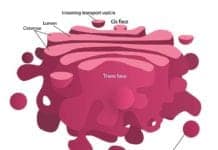

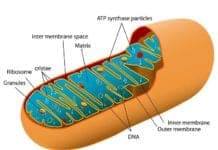










[…] Top 14 Differences Between Serum and Plasma & Similarities – Bioexplorer […]